The Shuili Snake Kiln 水里蛇窯 is a wood-fired pottery kiln on the outskirts of Shuili, Nantou. The name is derived from the kiln’s serpentine shape, though to my eyes it looks more like a slug than a snake. Founded in 1927 by master potter Lín Jiāngsōng 林江松, it remained a family business for generations before being opened to the public as a “ceramics park” in 1993.
The original snake kiln was completely destroyed by the catastrophic 921 Earthquake in 1999, a disaster that has been memorialized in dozens of ways all across central Taiwan (see, for instance, this museum or this ruined temple). It was rebuilt, though I am unclear about whether the structure that exists today was ever used to fire pots or not. Work continues on location but I suspect that most of the pots produced here today are fired with smaller, more modern kilns, rather than the sprawling wood-fired behemoth around which the entire attraction is organized.
At any rate, those renovations took a year to complete, and the snake kiln was reopened for the millennium with a record-breaking double-mouthed pot standing over six meters tall. I can’t imagine there being much competition for such a seemingly obscure record but hey, whatever. There’s also a monument to the earthquake made from broken potshards but it was in the shade and I didn’t trouble myself to get a photograph of it. Have a look at The Daily Bubble Tea’s post about the kiln for a shot of the memorial (and much more).
One of the stranger displays on the top floor pertained to wartime pottery. Yes, apparently that’s a thing! A poster explained1 that the Japanese authorities commissioned a number of different pots for the war, from chemical vats to large human-sized pots. Apparently the idea was to stash these pots on beaches and hide troops inside. Allies make a landing on the beach and blam—soldiers rush out of… pots?
Another thing worth mentioning is the historic reasons for founding a kiln in precisely this location. Back in the early 20th century Shuili was home to two things that you won’t see much of now: a thriving timber industry and ample clay deposits. The timber industry is long gone, though you can still find evidence of it in the small mountain village of Chēchéng 車埕. At any rate, the readily available raw materials and wood fuel made Shuili a great place to build the kiln.
I will admit to avoiding Taiwanese attractions with a cover charge—but not because I am cheap (although the 150 NT entrance fee is a bit on the high side of things by local standards). My reservation is a result of the tendency for paid attractions in Taiwan to be overly sanitized and “Disneyfied” to the point that it detracts from the authenticity of the experience, perhaps a necessary consequence of making an attraction family-friendly, which the snake kiln certainly is. There’s a lot for kids to do here—including some hands-on workshops—but that’s not my demographic. Overall I would say the snake kiln offers a good balance of things unlike the Thirteen Mùzǐ Kiln 十三目仔窯 in nearby Jiji, which is a total tourist trap2.
So, there you have it: a few photos and a little bit about an obscure roadside attraction in rural Nantou. For location details and hours and that sort of thing you can wrestle with the creative design of the official site or just copy and paste the Chinese characters in the title into Google Maps and hope for the best.
- There is a surprising amount of English text on the various plaques scattered around the kiln. There’s much more Chinese, of course, so I know those blocks of text aren’t complete, but it’s better than I am used to seeing at attractions outside of the Taipei area. They’ve even got a sign out front near the ticket booth that says “English-speaking friends welcome”. Given how few Westerners pass through this part of the country I wonder how often that’s put to the test? ↩
- Tourist hells are a perverse and guilty pleasure for me here in Taiwan. Yep, on some level I actually enjoy going to tacky, overdeveloped attractions and soaking in the awfulness—but not too often. ↩
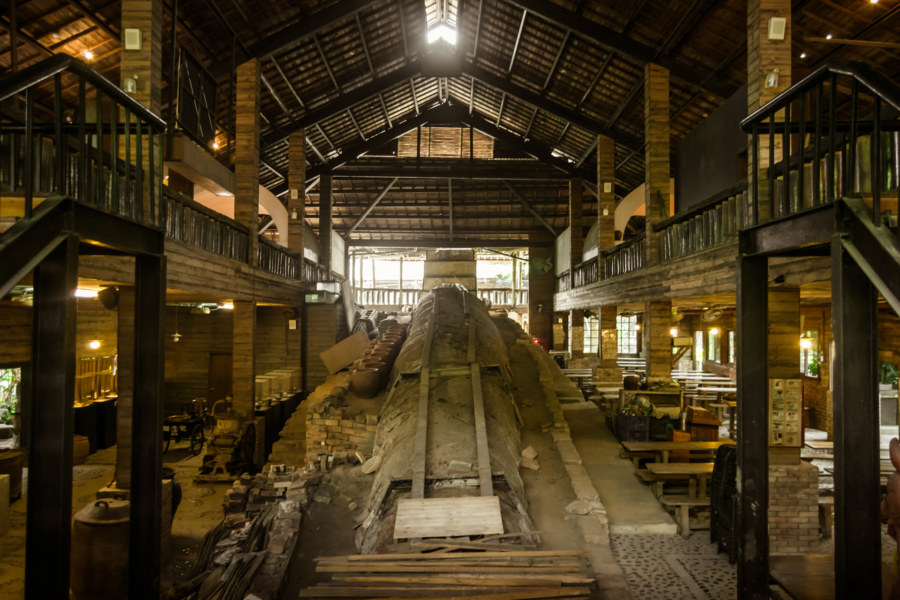
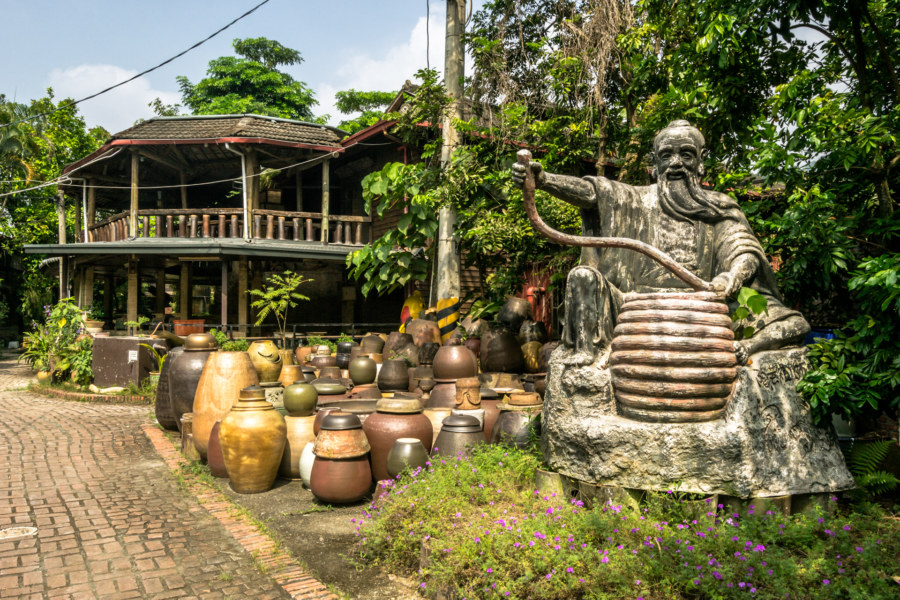
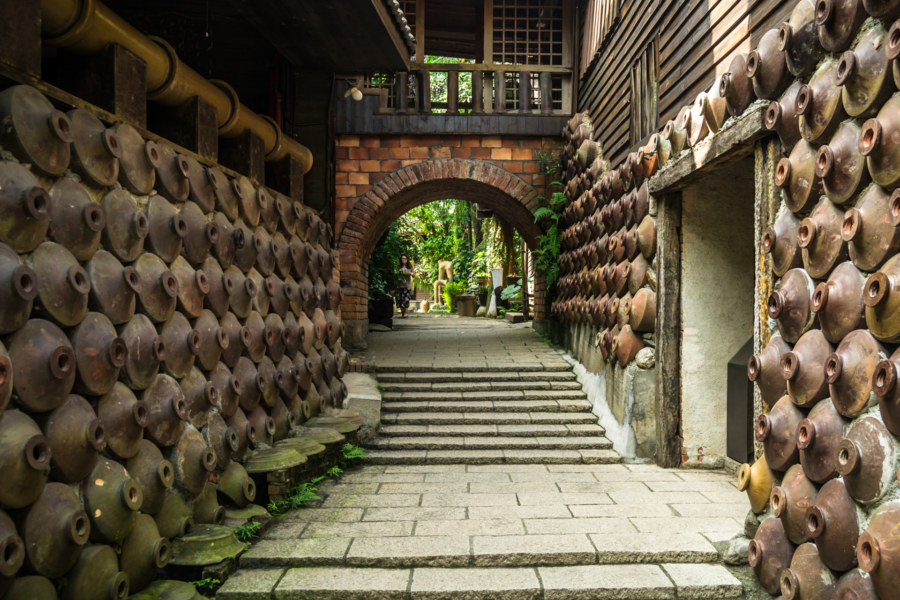
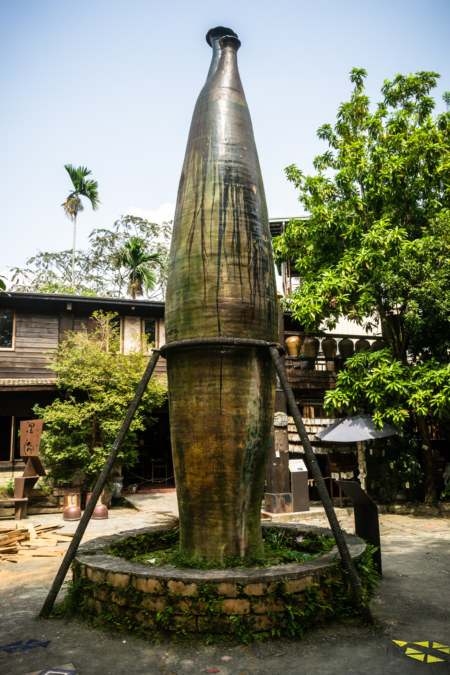
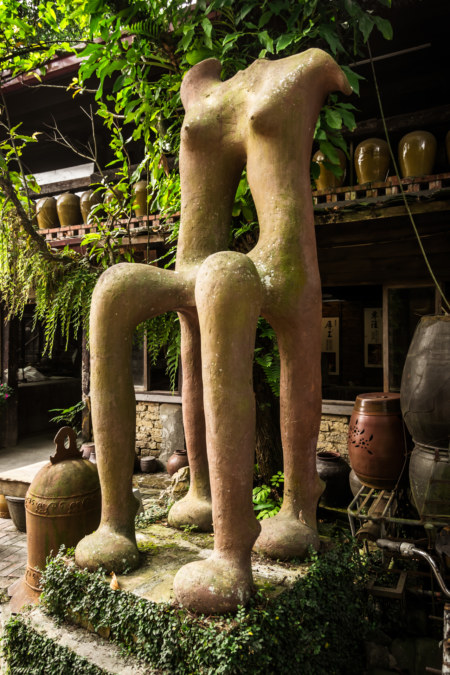
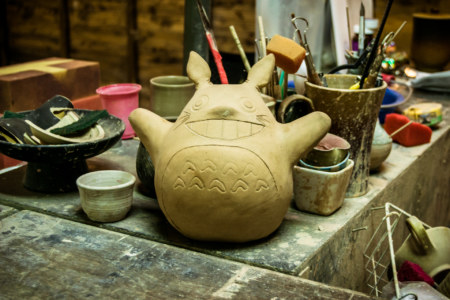
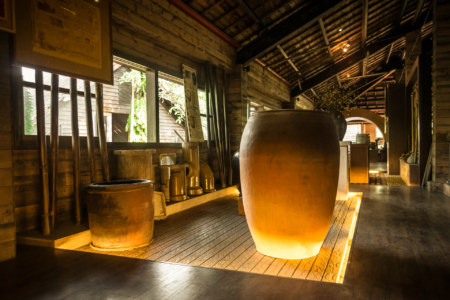
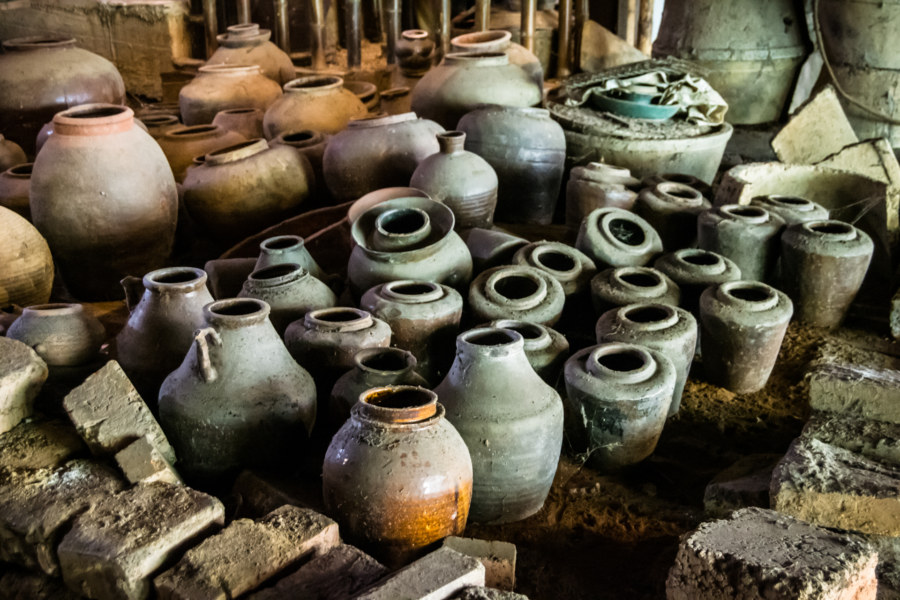
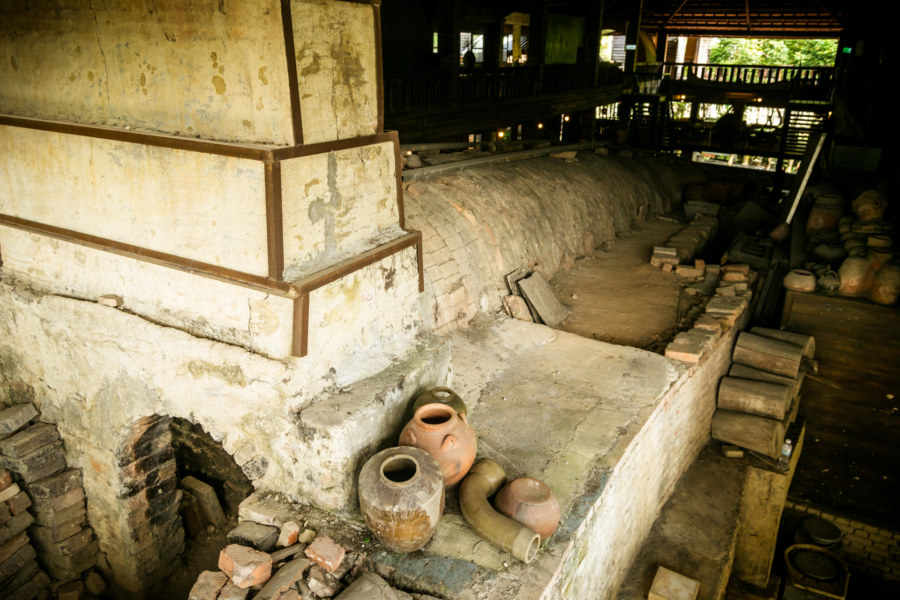
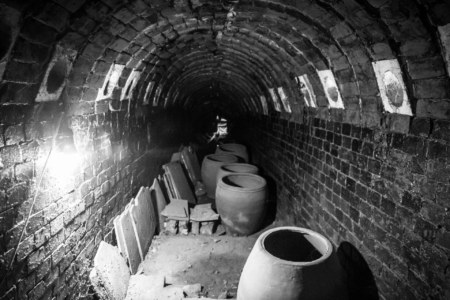
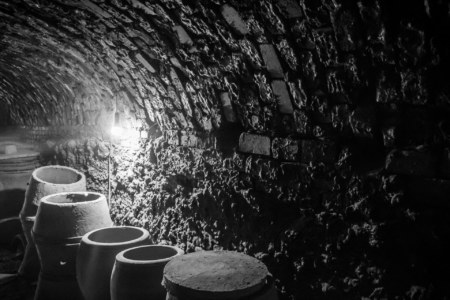
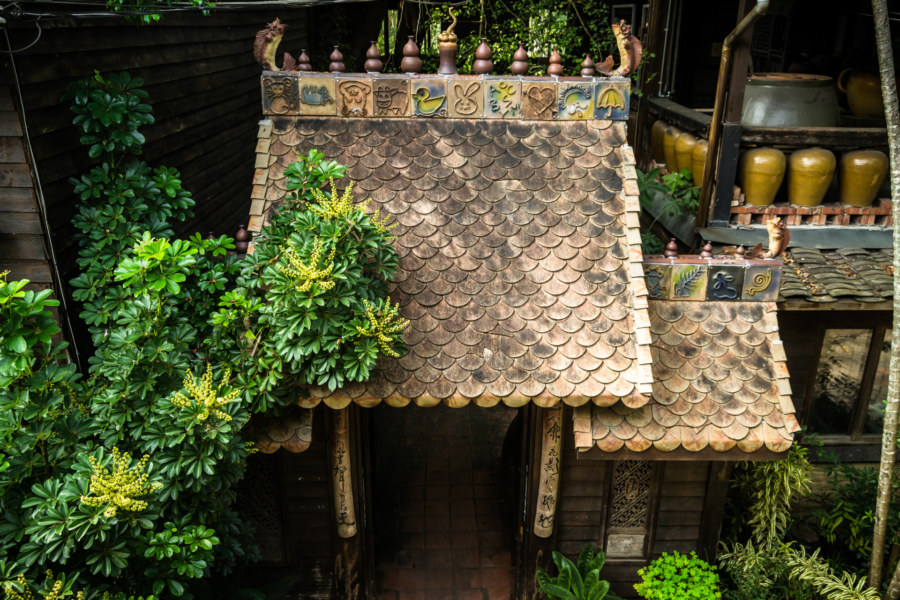
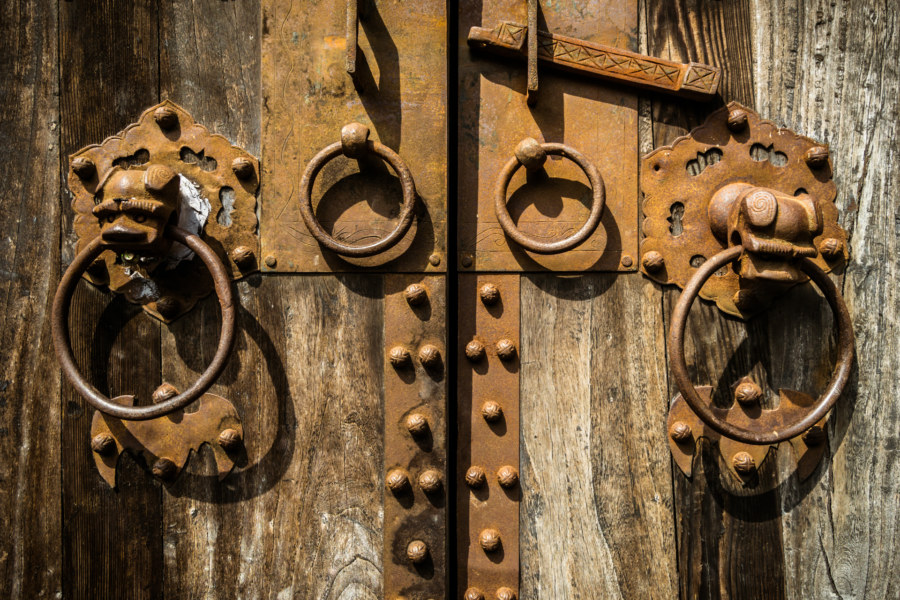
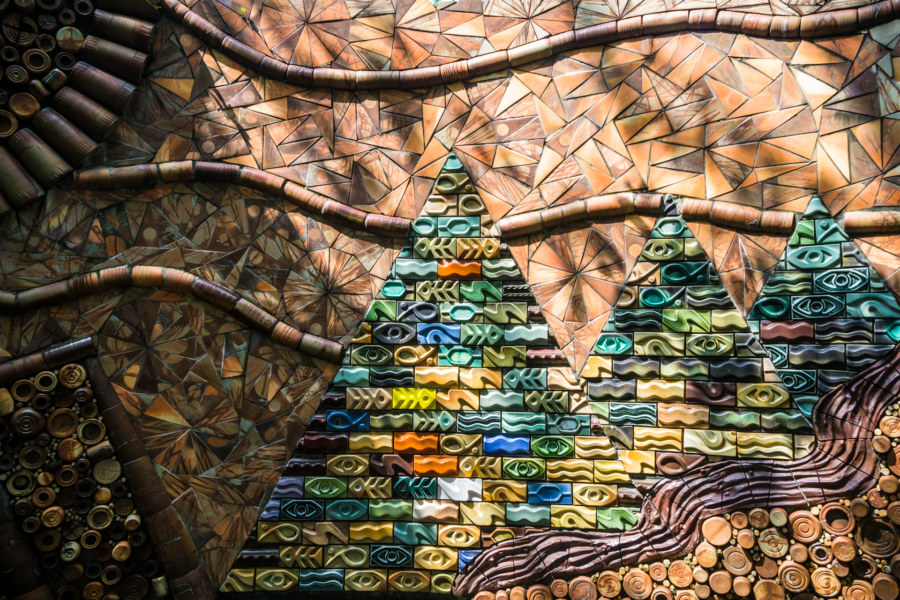
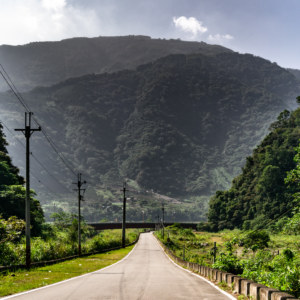

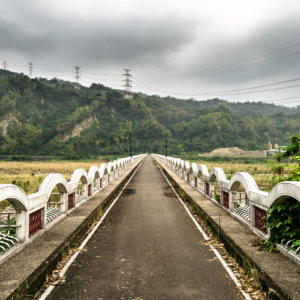
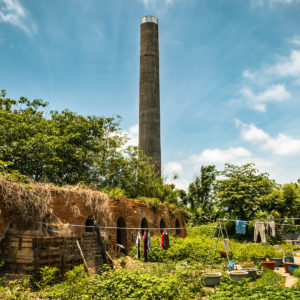
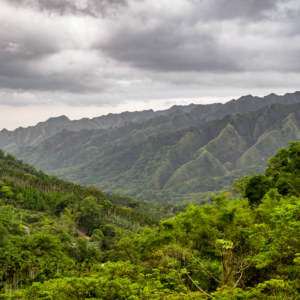
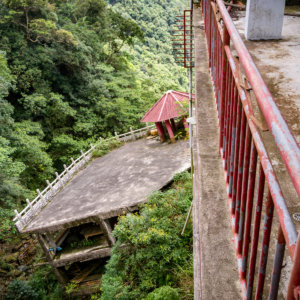
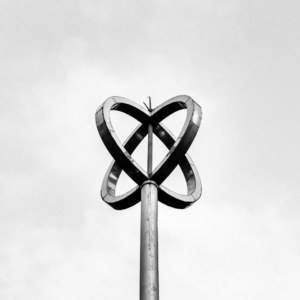
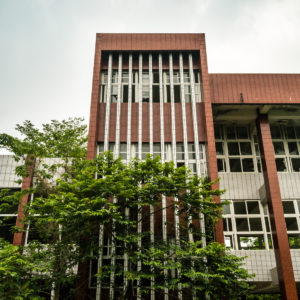
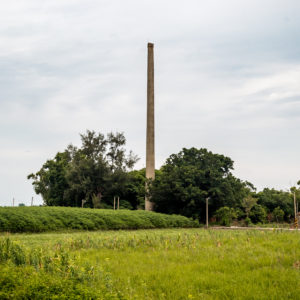
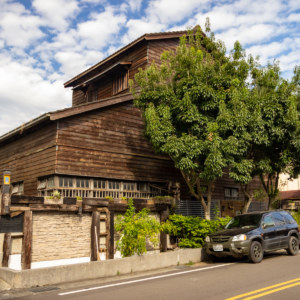
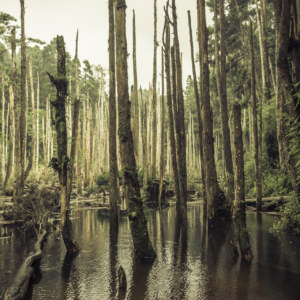
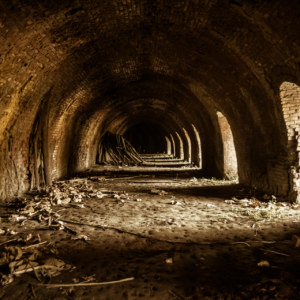
Nice series of photographs! Thanks for the mention!